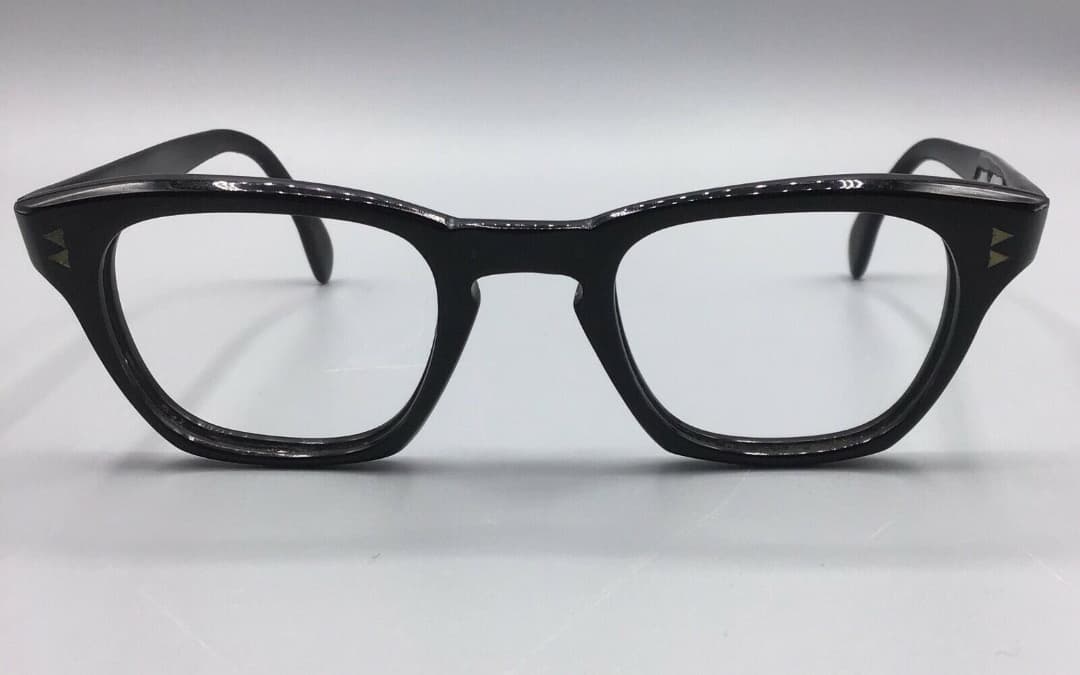HISTORY OF THE BRANDS: SAFILO
Safilo
La storia dell’azienda Safilo
Safilo viene fondata nel 1934 da Guglielmo Tabacchi, che rileva la ditta “Carniel” di Calalzo di Cadore, la prima fabbrica italiana di occhiali, nata nel 1878. Produce lenti graduate e bifocali, assieme ad un’ampia gamma di montature da sole e da vista. Famose quelle in celluloide, materiale termoplastico, che si ispirano alla forma rotonda degli occhiali di Harold Lloyd, star del cinema muto americano dei primi del ‘900.
La produzione cresce e negli anni ‘70 viene spostata a Longarone mentre la sede amministrativa a Padova. L’azienda rimane di proprietà della famiglia Tabacchi fino agli anni ’90 quando viene quotata in borsa e passa al fondo olandese “Hal Investments” che diventa l’azionista di riferimento.
Oggi il gruppo Safilo possiede sette stabilimenti produttivi, di cui quattro in Italia e tre all’estero e distribuisce i propri occhiali in tutto il mondo. Nel portfolio prodotti vi sono sia marchi propri (Carrera, Polaroid, Smith, Safilo e Oxydo) che in licenza, tra i quali Fendi, BOSS, Fossil, Moschino, Marc Jacobs, Max Mara e Tommy Hilfiger.
La produzione Safilo negli anni
Anni ’40: è il periodo difficile dell’occupazione tedesca. Safilo produce un unico modello di occhiali con la montatura in celluloide in due varianti colore – ambra e avana rossa – destinato esclusivamente al mercato tedesco.
Anni ’50: gli occhiali Safilo si ispirano all’American Style del dopoguerra, con montature particolari come il modello a farfalla delle star di Hollywood ma anche per l’uso sportivo. Il marchio presenta in questo periodo i primi modelli studiati per garantire anche performance tecniche.
Anni ’60: sono gli anni del boom economico in Italia. Il maggior benessere spinge anche Safilo ad ampliare la sua collezione. Le forme diventano ampie e l’occhiale fa tendenza. La parola chiave non è più soltanto “utile” ma anche “piacevole”. Ecco che modelli come il Goldman o l’Ufo si affermano come pietre miliari di questo decennio.
Anni ’70: ruotano attorno a tutto ciò che è innovazione. Safilo crea la cerniera Elasta® che permette sollecitazioni delle aste verso l’esterno senza che gli occhiali mutino la loro forma, mantenendo inalterato il punto focale e garantendo il massimo comfort.
Anni ’80: il pubblico desidera occhiali più leggeri e duraturi. L’uso del titanio – materiale leggerissimo, resistente ed ipoallergenico – inizia a comparire nei modelli che Safilo lancia in questi anni.
Il XXI secolo si apre all’insegna dell’occhiale-accessorio per sorprendere e farsi notare. Anche Safilo fa propria questa tendenza e aggiunge alle sue collezioni anche modelli più originali e glamour come le linee Safilo Diamonds, occhiali impreziositi da cristalli e strass, e Safilo Design, con linee più attuali e rigorose.
In oltre 80 anni di storia, il marchio Safilo ha sempre dato grande valore alla creatività e alla ricerca per unire alla componente moda degli occhiali anche l’innovazione tecnologica. Un esempio tra tutti, Safilo possiede il brevetto dell’Optyl, uno dei materiali per montature dalle straordinarie qualità tecniche.
The history of the Safilo company
Safilo was founded in 1934 by Guglielmo Tabacchi,who took over the company “Carniel” of Calalzo di Cadore, the first Italian eyewear factory, born in 1878. It produces graduated and bifocal lenses, along with a wide range of sunglasses and eye-frames. Famous for those in celluloid, thermoplastic material, inspired by the round shape of the glasses of Harold Lloyd, early 20th century American silent movie star.
Production grew and in the 1970s it was moved to Longarone while the administrative headquarters were Padua. The company remained owned by the Tabacchi family until the 1990s when it was listed on the stock exchange and passed to the Dutch fund “Hal Investments” which became the main shareholder.
Today the Safilo Group has seven production facilities, four of which are in Italy and three abroad and distributes its glasses all over the world. In the product portfolio there are both own brands (Carrera, Polaroid, Smith, Safilo and Oxydo) and licensed, among those are Fendi, BOSS, Fossil, Moschino, Marc Jacobs, Max Mara and Tommy Hilfiger.
Safilo production over the years
1940s: it was the difficult period of German occupation. Safilo produced a single model of glasses with a celluloid frame in two color variants – amber and red Havana – intended exclusively for the German market.
1950s: Safilo glasses are inspired by post-war American Style, with special frames such as the butterfly model of Hollywood stars but also for sports use. The brand presents in this period the first models designed to also ensure technical performance.
1960s: these were the years of the economic boom in Italy. The greater well-being also pushed Safilo to expand his collection. The shapes became wide and the glasses were trending. The trend is no longer only “useful” but also “pleasant”. Models like Goldman or UFO have established themselves as milestones of this decade.
1970s: They revolved around everything that was innovative. Safilo created the Elasta® hinge which allows outward rod stresses without the glasses changing their shape, maintaining the focal point and ensuring maximum comfort.
1980s: The market wantes lighter, longer-lasting glasses. The use of titanium – lightweight, durable and hypoallergenic material – begins to appear in the models that Safilo launched in recent years.
The 21st century opens with eyeglasses to surprise and stand out. Safilo also embraced this trend and also adds to his collections more original and glamorous models such as the Safilo Diamonds lines, glasses embellished with crystals and rhinestones, and Safilo Design, with more current and strict lines.
In over 80 years of history, the Safilo brand has always given great value to creativity and research to combine the fashion component of glasses ans technological innovation. One example of this is Safilo’s patent for Optyl, one of the materials for frames with extraordinary technical qualities.
